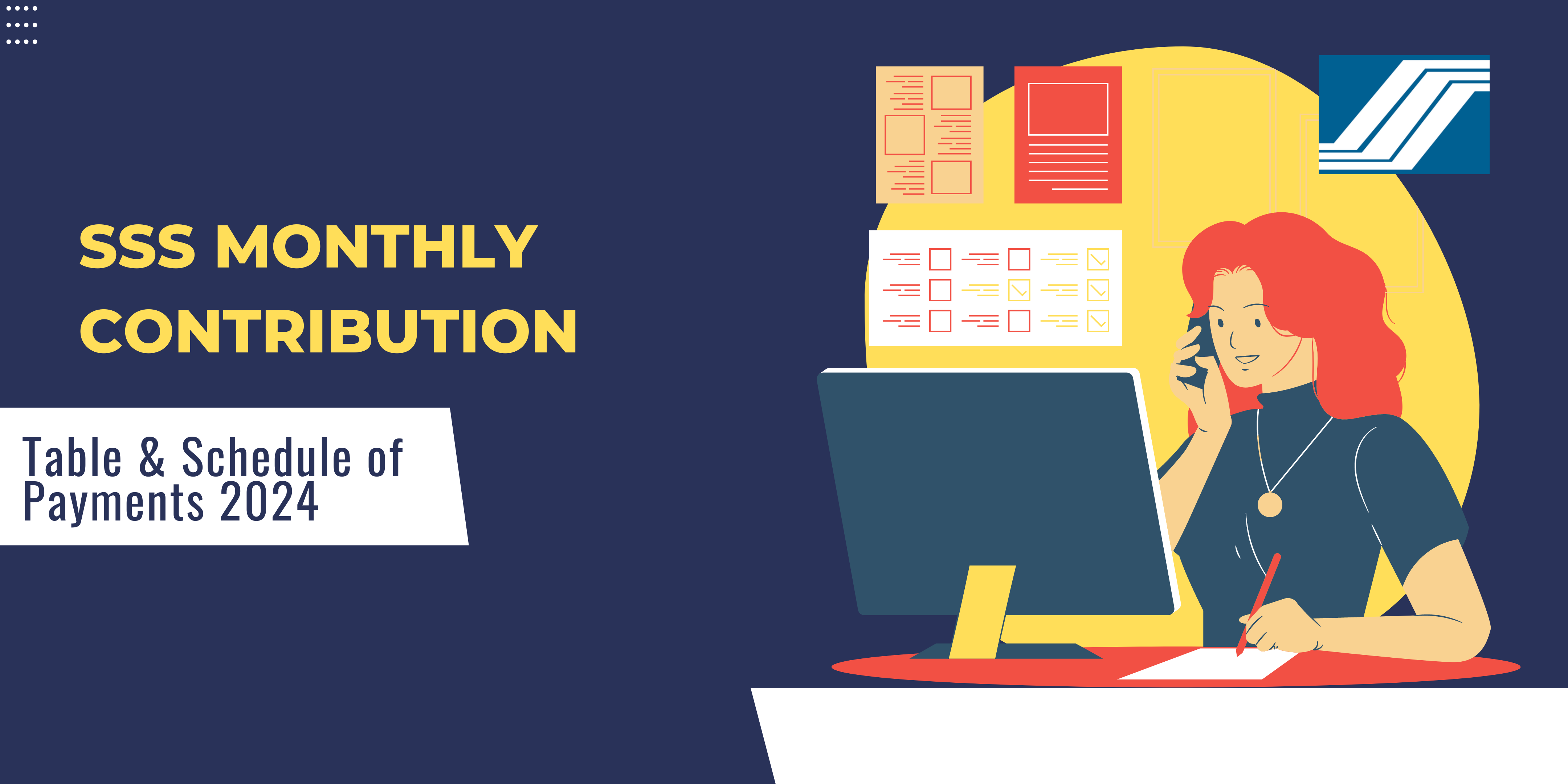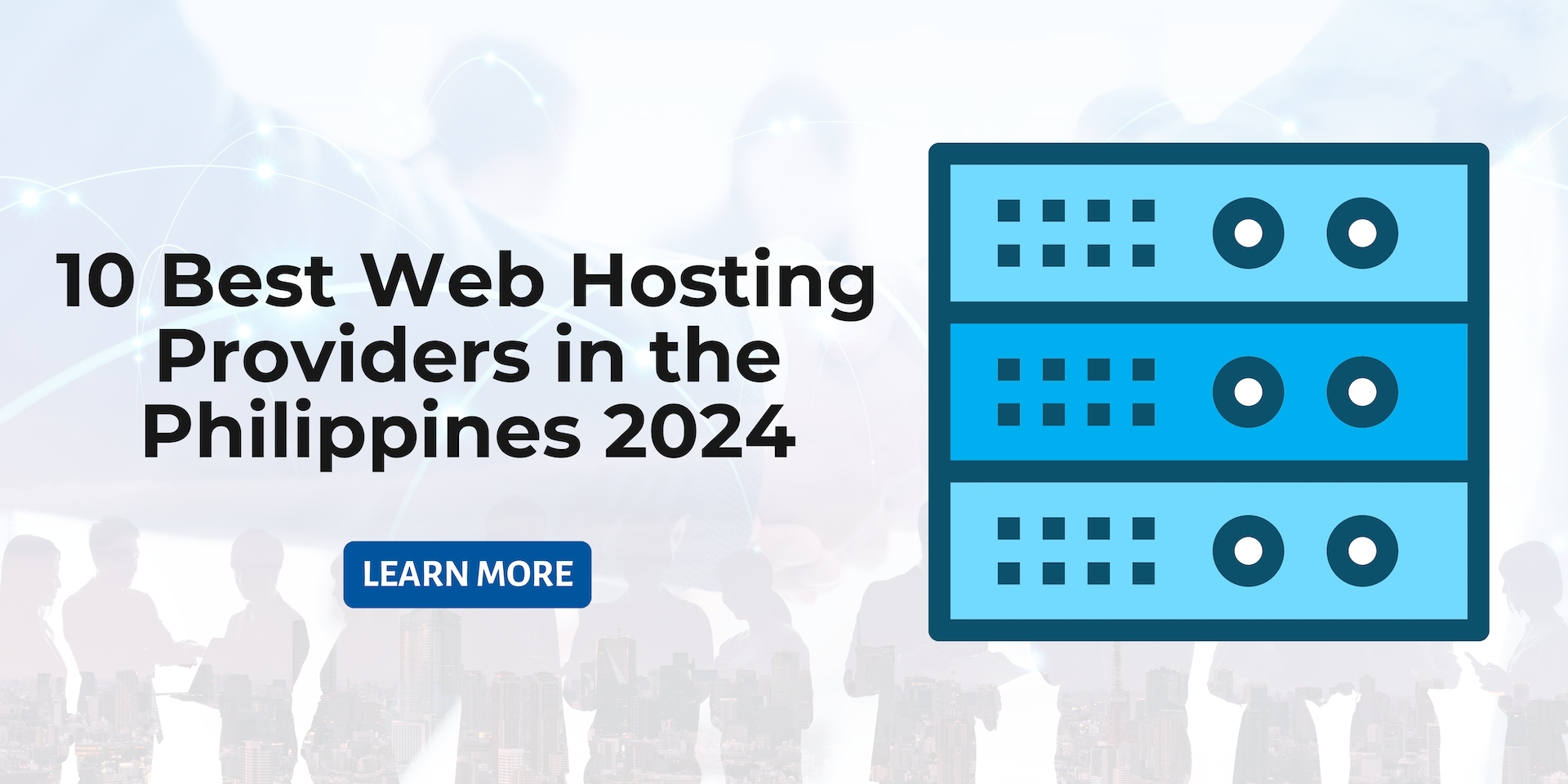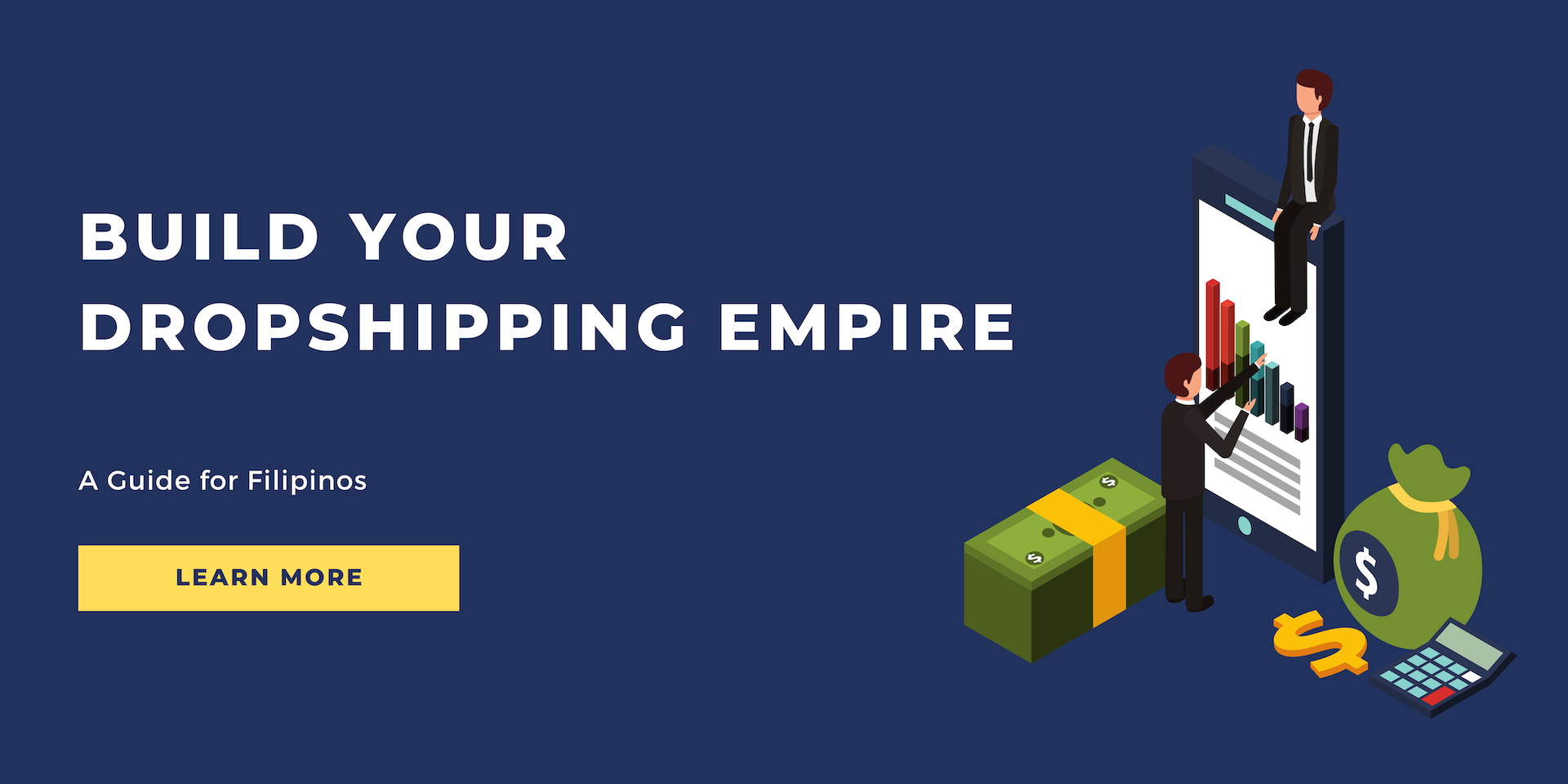Featured Blog Posts
February 26, 2020
12 min Read
The Ultimate Guide to Building a Successful Website
 Building A WEBSITE is one thing, and creating a SUCCESSFUL site is another. While there are ways to build a website fast, most people tend to overcomplicate things, creating never-ending task lists to bring their perfectionist ideas to life. Focusing on quality is an excellent attitude. But making things too complicated for yourself will result in a half-baked website as you will get lost in the eternal tasks you need to complete to get your site up and running. Furthermore, even if you manage to create a gorgeous, user-friendly website with all the best features, it doesn't necessarily mean that it will be successful. The reason for the above-mentioned is that many people forget to create a viable business plan (or at least define their goals) BEFORE starting a huge project like building a website. So, to help you avoid these mistakes, we've created a handy guide for you that you can use to build a successful website. To make this easy for you, we've included only the most crucial steps in this guide that are necessary to build a successful site.
Building A WEBSITE is one thing, and creating a SUCCESSFUL site is another. While there are ways to build a website fast, most people tend to overcomplicate things, creating never-ending task lists to bring their perfectionist ideas to life. Focusing on quality is an excellent attitude. But making things too complicated for yourself will result in a half-baked website as you will get lost in the eternal tasks you need to complete to get your site up and running. Furthermore, even if you manage to create a gorgeous, user-friendly website with all the best features, it doesn't necessarily mean that it will be successful. The reason for the above-mentioned is that many people forget to create a viable business plan (or at least define their goals) BEFORE starting a huge project like building a website. So, to help you avoid these mistakes, we've created a handy guide for you that you can use to build a successful website. To make this easy for you, we've included only the most crucial steps in this guide that are necessary to build a successful site.Step 1: Define Clear Goals for Your Website
You can't just create a website and define its purpose later. Doing so is counterproductive and a very bad idea, which could lead to the unnecessary waste of your resources. Before you start doing anything, free up some time, sit down, and start brainstorming on a plan. What will be the purpose of your new website, what goals do you want to achieve with it? Do you want to set up an e-commerce store to sell animal-themed T-shirts, start a blog about the most burning issues of our society, or create a portfolio site where you want to showcase your professional work? We can feel that your ideas are already coming. Great! Now create a document or grab a pen and paper and write down the goals you want to achieve with your website, why you build it, your plan to acquire new visitors, as well as any idea that comes to your mind. When you've finished with that, you need to start researching to test your ideas. During your research, be sure to consider:- Your potential competitors, their offerings, and prices
- The market or niche your website falls into
- Predict the costs and the time it takes to set up and get a decent number of visitors to your website. Are you comfortable to allocate these resources to build your site?
- Determine how viable is your plan for your website for your chosen market. Will you offer something unique for customers or your prices are much lower than your competitors? Maybe the user experience will better than theirs?
- Ask friends and family to share their opinion on your plan. It's even better if they can give you some tips.
Step 2: Choosing the Perfect Domain Name
 Your domain name is among the most important assets of your website. It provides a message to your visitors who will use it to navigate to your site. So, if you choose a bad one, you will regret it as it takes a lot of work to change it later. For example, the domain name "buycheapsunglasses.com" would provide the opposite message than intended for a website that sells luxury sunglasses. Your domain name should be:
Your domain name is among the most important assets of your website. It provides a message to your visitors who will use it to navigate to your site. So, if you choose a bad one, you will regret it as it takes a lot of work to change it later. For example, the domain name "buycheapsunglasses.com" would provide the opposite message than intended for a website that sells luxury sunglasses. Your domain name should be:- Short and simple
- Easy to remember, type, and pronounce
- Relevant to your business and brand
- Brandable
- Using keyword(s) related to your site (optional)
- Wordoid
- NameMesh
- Domain Wheel
Step 3: Choosing a Good Web Hosting Service Provider
 It's really hard to build a site without using a web hosting service. Think of web hosts as the storage unit you use for your website's content in a fully digital form. And when someone visits your website, the browser will use your web hosting service to fetch the content of your site. There are multiple types of web hosting services you can choose from. Some of them offer a higher quality service for a higher price, while others seek to fulfill the demand of low-budget customers. One thing to keep in mind before deciding on your web hosting package is that at the start, you'll have a very limited number of visitors. At this stage, you'll probably be better off by choosing a cheaper hosting solution to save money. However, when the number of visitors increases, you'll need to upgrade your hosting plan (which will cost you more) to offer a speedy user-experience to your users. You can choose from four different web hosting service types:
It's really hard to build a site without using a web hosting service. Think of web hosts as the storage unit you use for your website's content in a fully digital form. And when someone visits your website, the browser will use your web hosting service to fetch the content of your site. There are multiple types of web hosting services you can choose from. Some of them offer a higher quality service for a higher price, while others seek to fulfill the demand of low-budget customers. One thing to keep in mind before deciding on your web hosting package is that at the start, you'll have a very limited number of visitors. At this stage, you'll probably be better off by choosing a cheaper hosting solution to save money. However, when the number of visitors increases, you'll need to upgrade your hosting plan (which will cost you more) to offer a speedy user-experience to your users. You can choose from four different web hosting service types:- Shared hosting: One of the cheapest solutions as you'll share the same web hosting server with other sites. It's a good solution for starting a website, but you may need to upgrade it to another package after your site has good traffic.
- VPS hosting: This service type is very similar to shared hosting as you'll still share the same server with others, but you are capable of handling an increased number of visitors. This solution is more expensive than shared hosting but is still more budget-friendly than having a server exclusively for your site.
- Dedicated hosting: If you choose this option, you don't need to share your server with other websites as you are all by yourself. While dedicated hosting plans are among the most expensive packages, they provide decent services for enterprise-grade clients that have millions of visitors per month.
- Free hosting: Some providers offer free hosting solutions. While this option will cost you (almost) nothing, we don't recommend them as the providers only provide a minimal set of features for your website (and you have to pay up to access more features).
Step 4: Designing a Corporate Website
 As you have everything ready, it’s time to start designing your website. Web design is one of the most important steps to create a successful site. Therefore, you have to DO IT RIGHT to get good results. Learning from the case studies of successful company websites, the following web design elements make a high-converting website:
As you have everything ready, it’s time to start designing your website. Web design is one of the most important steps to create a successful site. Therefore, you have to DO IT RIGHT to get good results. Learning from the case studies of successful company websites, the following web design elements make a high-converting website:- Get rid of unnecessary website elements: You don’t want to get your visitors overwhelmed as too much clutter makes your website too complex and uninviting. It’s best to remove all the clutter and keep your site’s design simple and clean to boost your conversions.
- Use clear CTAs and test them regularly: Call-to-Actions (CTAs) are important parts of your website as they direct users to the desired action. Make CTAs as crystal clear and concise so your visitors will understand the steps they need to take to reach their (and your) goal.
- Use consistent branding throughout your site: Site owners often miss out on valuable website branding opportunities. In addition to featuring your logo in the header, don’t be afraid to distinguish your business from others by adding brand elements, such as headlines and subheadlines that convey your goals as well as images that reflect your values.
- Take advantage of color and contrast: Use bright colors and contrast to help the most important elements of your website to stand out from the rest (e.g., using bright orange to highlight the CTAs on your site).
- Keep your forms short: The average user is rather impatient. Therefore, you don’t want to waste their precious time with super long forms, which will often result in them leaving your site. Use short forms with concise text instead to keep them on your website.
Step 5: Search Engine Optimization (SEO) and Marketing
 By the time you reached this section, your website is up and running and has all the necessary content to operate. Great job, but your work does not stop here. You need to attract visitors to your website to score sales (or reach other goals). And to achieve that, you need to step up your marketing efforts, which require some extra legwork from your end. In the following sections, we’ve listed the most important channels you can use to market your website:
By the time you reached this section, your website is up and running and has all the necessary content to operate. Great job, but your work does not stop here. You need to attract visitors to your website to score sales (or reach other goals). And to achieve that, you need to step up your marketing efforts, which require some extra legwork from your end. In the following sections, we’ve listed the most important channels you can use to market your website:Organic Traffic (SEO)
Nowadays, with over a billion websites on the internet, it’s nearly impossible to get noticed in search engines like Google without SEO. And if you fail to do so, you will miss out on the opportunity to acquire visitors from Google that receives billions of searches every day. There are two ways to do SEO: on-page and off-page. On-page SEO includes optimizing your site speed, using optimal code, as well as publishing informative and helpful content that includes relevant keywords naturally. On the other hand, off-site SEO includes building links to your website via different techniques (e.g., guest blogging backlinks). SEO pros:- You can learn the ropes and do your site’s SEO on your own for free
- It can get you good results in an organic way
- Potential for high traffic
- It takes quite some time to learn and even more to conduct SEO for your site
- Doing improper SEO can hurt your rankings
- It can take as long as 1 year to rank your website
Content marketing
One of the best ways to attract visitors to your website is to regularly publish high-quality content (blog posts, articles, guides, etc.) that your visitors will find interesting and helpful. With content marketing, you can supercharge your SEO as you can use the articles you’ve published on your blog to rank better in search engines. You can also post this marketing channel’s content on social media to expand your business’ follower base. Content marketing pros:- Free of charge if you do it on your own
- Requires less effort than SEO, yet can bring you decent results
- You can use content marketing with other marketing channels to increase efficiency
- Requires you to invest time in creating content for your website
- You have to wait at least a few months for results to show
Social media
Setting up a page for your website on major social media platforms is a great way to get noticed. Post content regularly (such as the articles you have on your blog) and actively interact with users to grow your follower base. With over 3 billion social media users in the world, this marketing channel has the potential to attract an increased number of visitors to your website. Using the right hashtags, images, and taking advantage of the current trends will let you stand out from the crowd and acquire followers faster than your competitors on social media platforms. Pros of Social media:- Free of charge (unless you use paid business services)
- Multiple platforms with huge active user bases to select from
- Potential to attract an exponential number of users to your website
- It takes time to build your follower base
- It can be hard at first to stand out from the crowd
Email marketing
Email marketing is one of the most cost-efficient ways to get new customers for your business. By offering something of value for your customers (e.g., a free whitepaper, guide, ebook, video course, regular newsletters), you can secure a decent number of email subscribers. When you have their contacts, you can reach out to them by email with your offers to increase your sales. Email marketing pros:- A cost-efficient way to increase your sales
- Offer your visitors something free to increase your subscriber base
- A decent channel to keep your customer base informed about important business updates and events
- Only a small part of your subscribers will open your emails regularly
- Improper email marketing could result in your emails automatically moved to the spam folder
Pay-Per-Click (PPC) advertising
You can run ad campaigns in PPC networks (e.g., Google Ads, Facebook Ads, Instagram Ads, LinkedIn Ads) to showcase your website to internet users. While this method is more expensive than the ones mentioned above, it's one of the fastest ways to get new visitors to your website. PPC pros:- One of the fastest way to get new visitors
- Multiple PPC network to choose from
- You can fine-tune your campaigns to target your ideal customers and increase your conversion rates
- You have to pay for the clicks you receive on your ads
- If you don’t optimize your campaigns, you can accumulate significant losses
- PPC campaigns will decrease your profit margin
Your Work Is Not Done Yet
Congratulations, you've reached the end of this guide! By taking the steps of this guide, you’ve started your journey to launching a successful website. However, completing all the steps in this guide will not mean that your work is done. You have to continue fine-tuning and expanding your website with features to attract new customers and keep your current ones satisfied while maintaining the organic growth of your business. It’s also important to gather feedback from your users to better satisfy their demands. As a result, you can increase the growth rate of your business.PROMO
FREE Web Hosting
for Your Website
Learn More



